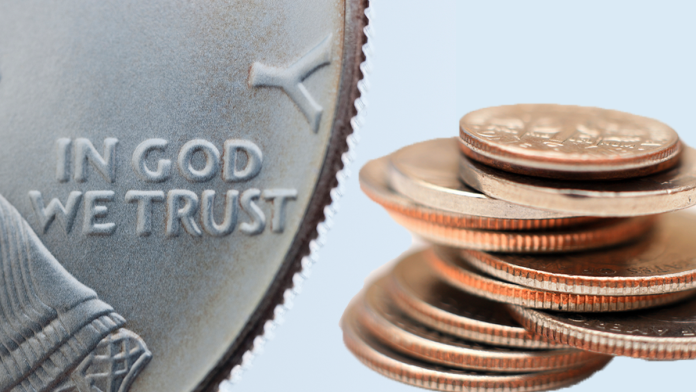You probably know why many things are on coins: a president’s head pays tribute to a great American, an eagle symbolizes our nation’s strength, and “In God We Trust” is pretty self-explanatory. However, one thing you may not realize is why the edges of some coins are ridged. It turns out, those small slots along the sides of coins once had an incredibly important purpose, and a coin expert on TikTok recently explained it.
@CoinCollectingWizard posted a video that describes how when coins were first made, they were just discs of gold or silver without any ridges. The value of the coins was simply defined by how much gold or silver was in it. Sneaky, greedy people though exploited this to make an illegal profit. They would shave the edges off the coins and then use the slightly smaller coins for their full value. They’d then compile all the shavings and make a tidy profit.
The TikToker said, “The smaller-sized coin often went unnoticed, but this dishonest practice decreased the value of the original gold or silver coin. To prevent this, the government began milling, or grooving, the edges so a coin could easily be identified if it was trimmed. This means back then people could just make the coin smaller, keep the gold they took off the coin, and still use the coin as usual, so they put grooves on it. So it would be a lot harder to do that.”
These days, people aren’t filing down coins since they are no longer made with pure gold or silver, but the milled edges remain thanks to tradition. They also help prevent counterfeiting.

Recent Comments